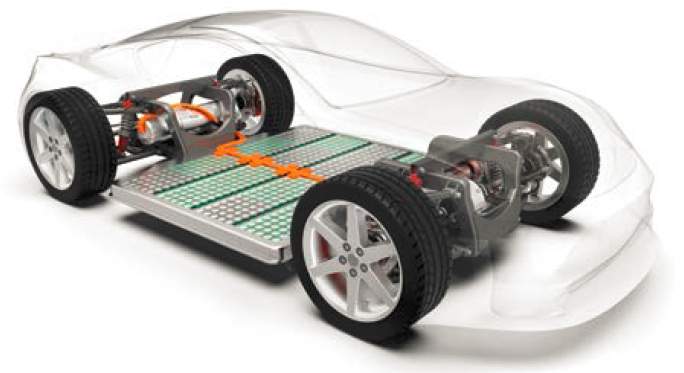evolves toward greater automation, research on employment impacts and policies to address lost blue-collar employment opportunities will become increasingly critical.
Since 2000, employment in government transportation agencies has remained flat at about 850,000 employees.201 The government transportation workforce is among the smallest of transportation labor categories. Nonetheless, it plays an outsized role in the performance of private transportation companies because government employees serve as infrastructure managers, air traffic controllers, safety and environmental regulators, and in other vital roles. As other sections of this publication point out, the issues that government transportation professionals must address are complex and contentious. Government transportation requires employees from diverse backgrounds with deep technical expertise or with multi-faceted skill sets spanning multiple fields. Public-sector salaries are rarely competitive with private-sector salaries, which complicates government agencies’ ability to attract and retain such skilled staff.
![]() Foundational Factors and Policy Levers
Foundational Factors and Policy Levers
Innovation
Critical problems in transportation in the past were often overcome through innovation. Development of a marine chronometer in 1759 allowed 18th century navigators to more precisely determine longitude and reduce shipwrecks in an era of burgeoning maritime trade (see Figure 20).202,203 Invention of the pneumatic air brake revolutionized the growing 19th century railroad industry by allowing for longer trains, higher speeds, and safer operations.204 The first commercial jet flights of the 1950s ultimately allowed for faster, longer, and safer flights carrying more passengers.205 The catalytic converter greatly reduced harmful emissions when adapted to internal combustion engines in 1976.206 Ongoing 21st-century battery innovations have enabled vehicle electrification to reduce GHG emissions and reduced vehicle operating cost to consumers.207
Innovations build on scientific advances and previous technologies, often requiring decades to unfold. Today, this notion applies to emerging innovations such as highly automated vehicles and trucks, which build on the incremental introduction of, and controversy about, automation in aviation that began only a few years after the first flights at Kitty Hawk.208 Modern, complex societies and systems require both vibrant entrepreneurial conditions that foster inventions and intellectual ecosystems that can evaluate and provide information to help shape and direct such inventions. Today’s entrepreneurial ecosystem in transportation is especially visible in the development of battery EVs (see Figure 21), electric vertical takeoff and

SOURCE: Estlow, E. The First Global Positioning System Was This Marine Chronometer Watch. Gear Patrol, 2023. https://www.gearpatrol.com/watches/a89119/harrison-h4-marine-chronometer.
landing air taxis (see Figure 22), drone and robotic delivery of freight, and motor vehicle crash avoidance systems.
Although technologies may capture the public’s imagination, many critical innovations are in processes and business models. Examples include bike-, scooter-, and car-sharing; ridehailing; construction of new priced highway lanes financed through public–private partnerships;209 slide-in bridge construction; urban curb management systems; geospatial analyses of equity impacts; cellphone-based traces of travel patterns to inform system management, investment, and safety decisions; and mobility as a service.210 Several of these efforts are now well known, but their ultimate integration into the nation’s enormous transportation system will require ongoing research and evaluation for well-informed public oversight and implementation.
Many of the critical issues identified in the preceding sections can be addressed through continued innovation in areas including
- Enhanced battery range and net-zero carbon fuels to address climate change;
- Automation to enhance freight productivity, economic performance, and safety;
- Crash avoidance, light-weighting of vehicles, and improved designs to enhance safety;

- Improved measures and policies to address equity;
- Expanded access to proprietary origin-to-destination data such as anonymous traces of the movements of cellphone users;
- Enhanced asset management and construction materials and techniques to improve infrastructure condition and performance; and
- Alternative road user charging systems to replace fuel taxes and fund system maintenance and expansion.
Equally important to fostering and funding new inventions is documenting the effectiveness of proven innovations and shortening the many years, and sometimes decades, it often takes to implement them.
Accelerating the development, evaluation, and implementation of innovative technologies and processes requires developing and sustaining cultures of innovation in transportation agencies and ongoing support for research institutions. Public agencies are particularly challenged by aversion to risk, controversy, or failure,211 but existing innovative organizations can provide lessons for others. These institutions will allow for rewarding careers to attract and develop the people needed to carry out this vitally important work.



